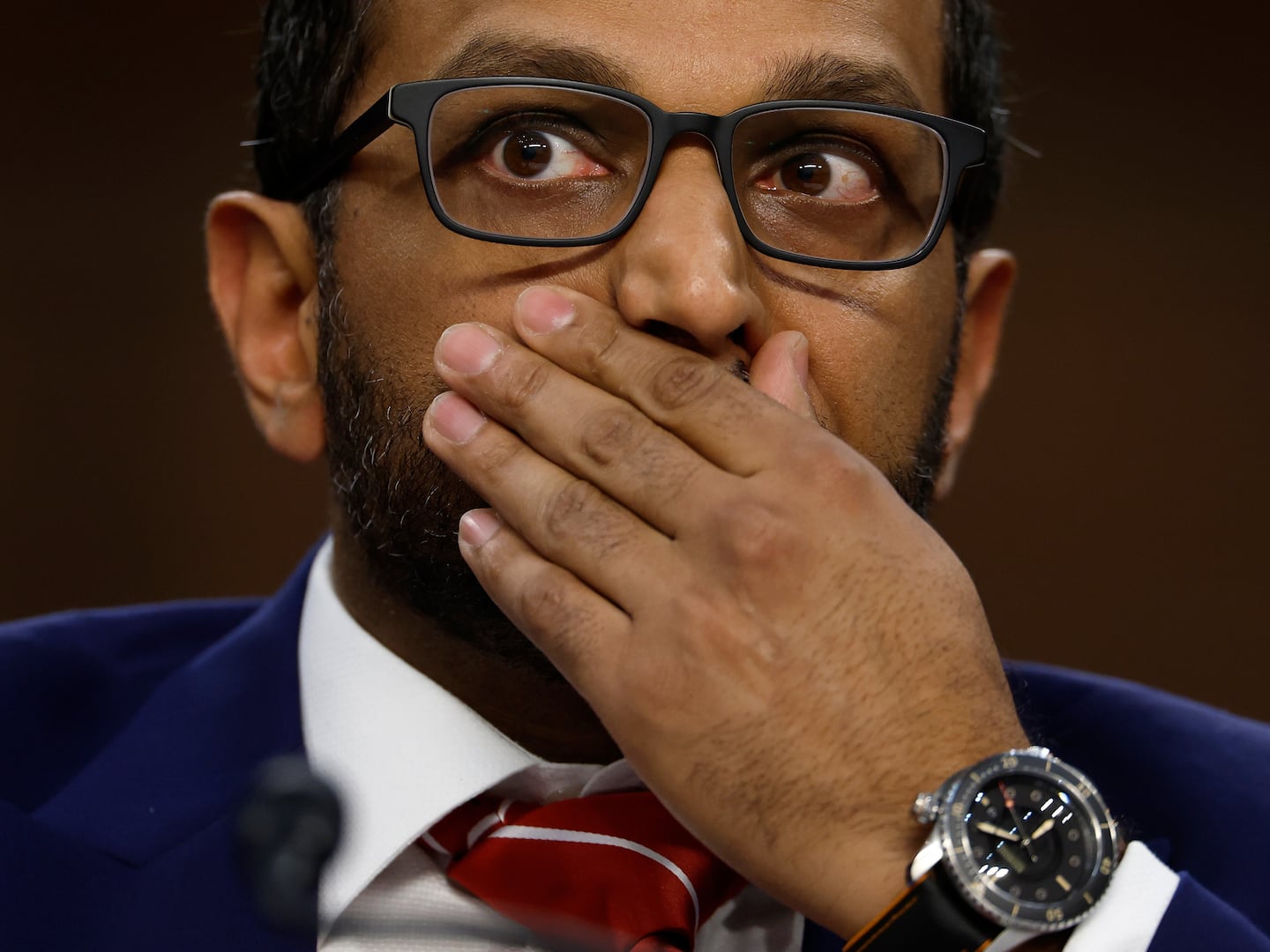One of Kiev’s most prominent artists, Ilya Isupov, opened the glass doors of the bookshelf in his front room and demonstrated his historical collection. The artist found his first “revolutionary artifact” last December: a wooden peg that had connected Lenin’s statue to its pedestal for 67 years, before protesters toppled the monument at the end of last year. Pieces of grenades, shells spotted with soot and a ripped-up bag that once belonged to an anonymous soldier of the Maidan’s Self-Defense Army—every piece represents a historical moment that the artist and his family experienced over the last four months.

A military helmet that the artist himself wore on the Maidan occupied an important spot on the shelf. Isupov and his friends, Kiev’s local artists, believed it was important to preserve the artifacts they found on the Maidan, and on nearby Instituska and Grushevska streets, for a permanent exhibit commemorating the more than 100 lives lost on the square during a brutal government crackdown.
The smoke of burning tires was still covering the Maidan when the first signs for museum preservation appeared on a catapult made by protesters, and metal pieces of barricades. “We have enough space in Kiev’s Museum of War, and other historic museums, for the revolutionary artifacts from the Maidan,” said Isupov—like many Ukrainian artists, he had risked his life defending the Maidan and upon coming home, he painted everything he had experienced on the square.
The first exhibitions devoted to the Maidan sprang up around Kiev earlier this month. Barbakan art group put out print copies of their oils and pastels in the protesters’ camp on the Kreshatik prospect. One of the group’s artists, Valery Boldyrev, told The Daily Beast about his own trophies, saved in his garage: the ballistic vest that saved him from a stun grenade and remains of his ballistic gaggles that did not save his own left eye. Last January, the 26-year-old pastel artist was preparing Molotov cocktails on Grushevska street when a Berkut policeman shot him with a rubber bullet in the eyeball.
The artist lost his eye, but a month later, with a black leather patch covering his glass eye, he returned to the barricades—joining 10 other artists. “Ukraine finally woke up and got rid of the criminal ruler; from now on our art and our actions will keep Ukraine aware of the price we all paid for our freedom,” Boldyrev said.
The Barbakan art group, along with dozens of other Kiev artists, recently presented their art pieces and war trophies at the first post-revolutionary exhibit, “The Fire of Love. Devoted to the Maidan,” which opened at Kiev’s M17 gallery. Some artifacts still smelled of tear gas and had to be exhibited outside. Revolutionary collections and installations grew out of half-burnt pieces of barricades, dirty gloves used for taking apart cobble stone roads by soldiers of the Self-Defense Army, pieces of barbed wire, and real bullets painted red.
On Sunday afternoon, visitors crowded by a painting of a blond woman with a machine gun on her neck, holding a hand grenade; “Death to Moscow occupants” was scrawled on the canvas, beside a skull lying at the woman’s feet. Visitors took photographs of a painted figure of a giant defense soldier with pieces of burnt clothes glued over him; the soldier with a mask instead of his face was holding a big wooden club in his hand. “Here is what Russia is afraid of,” the exhibit’s curator, Yelizveta Belskaya, said. The art brought back the vivid images of tires burning around the square, the front line between the riot police and aggressively struggling street fighters, and the strong emotions that brought millions of Ukrainians together in short period of time.
Belskaya spoke with The Daily Beast about the memories, the pain and suffering, love and joy that she and her fellow Ukrainian artists shared during the nine days and nine nights they spent putting together oils, sculptures and installations for the exhibit. “Many artists, veterans of the street battles probably should be seeking psychotherapy, but instead they painted the people who burned alive in the House of Professional Union, protesters dying with a flag of Ukraine in their hands,” Belskaya said. “Creativity helps artists to stay sane.”






